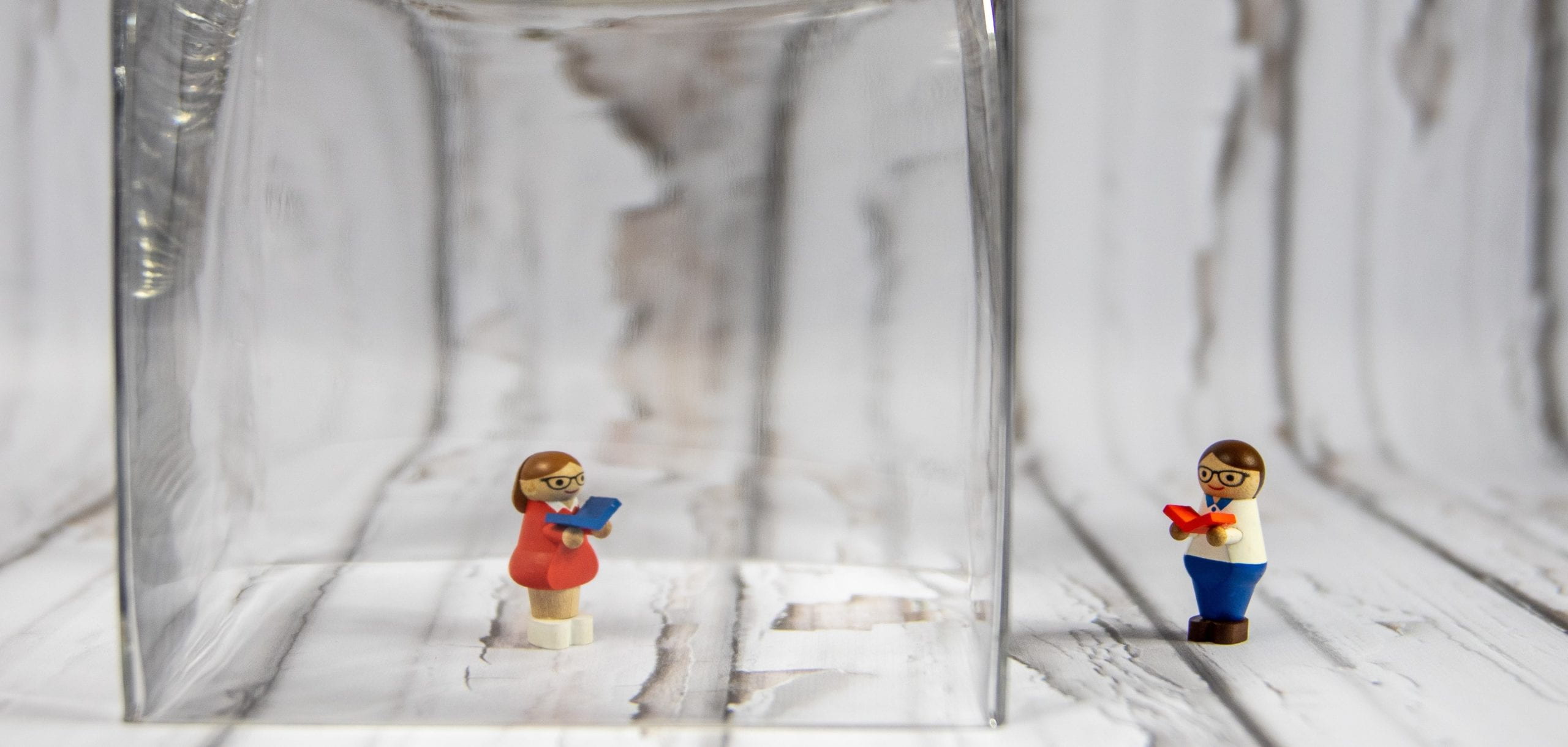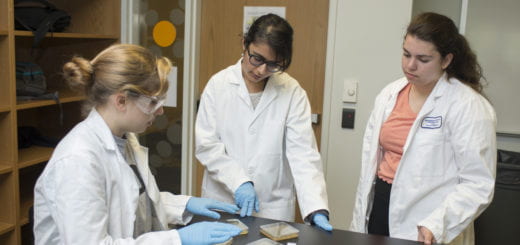Teaching During – and About – a Crisis

Blog posts in the Keep Teaching series are written by CTL faculty and faculty from around the Institute to offer advice and inspiration during the COVID-19 disruption. For official Institute academic continuity resources, visit this page. You will also find more teaching and learning tips on the CTL Keep Teaching site.
While local, state and federal agencies plea for Americans to practice social distancing to curb the spread of coronavirus, NBC news reports that young people and others resist the calls for social distancing. Imagine the impact universities across the country could have on the spread of the virus if we incorporate COVID-19 into an upcoming lesson, potentially increasing the safety of our students through better understanding of public health recommendations.
Teaching in Times of Crisis
Teaching in the wake of COVID-19 is reminiscent of other recent local and national crises. After 9/11, Hurricane Katrina, and divisive elections, many faculty found themselves wondering what, if anything, to say in class about the event.
Research on teaching in times of crisis finds that communal crises can affect students’ learning, motivation, and well-being. How should faculty respond? Students report that “just about anything” is helpful, from one minute of silence to incorporating the event into the lesson plan or topics for the course (Huston & DiPeitro, 2007, p. 216). Two responses were deemed least helpful: a) acknowledging the crisis but insisting that class must go and b) doing nothing at all. Given that the traditional face-to-face class meeting is now disrupted by remote learning, continuing with ‘business as usual’ is functionally impossible during the COVI-19 crisis.
Teaching about COVID-19
How might you incorporate a lesson on the coronavirus into your course material? Some fields may offer more obvious connections between the global pandemic and course content, but there are ways to integrate this topic regardless of discipline. Start by asking questions:
- How can research/professional practice in our discipline help us better understand the COVID outbreak and individual/societal/global responses to it?
- How can research in our discipline help us inform the response to the COVID outbreak?
- How can we at Georgia Tech contribute meaningfully to the health of our community?
- What can you as an individual do to help flatten the curve and reduce the impact of the pandemic?
The following for discipline-specific applications were generated by an online learning collective.
Statistics, math, sciences: What does simulation data tell us about the spread of this illness? How are these simulations created? What are the advantages/limitations to public health officials, healthcare providers, government agencies, business leaders, etc? Washington Post Simulation of Coronavirus Spread: https://www.washingtonpost.com/graphics/2020/world/corona-simulator/
Economics, business: Explore the global economic impact of the coronavirus outbreak; Estimate the global cost of travel disruptions; Relate the hoarding of goods to the Tragedy of the Commons; Investigate how businesses are changing their marketing strategies.
Behavioral sciences: Media reports young people resist social distancing. How might public health and government officials persuade them to do so?
Communication, media, public policy: Conduct a discourse analysis of news coverage from different continents; Examine the impact of the global pandemic through demographic, technological, ethical, and economic lenses.
History: Compare the 1918 Spanish Flu with the Coronavirus pandemic. A number of articles have been circulating in the media, such as: https://www.nytimes.com/2020/03/09/health/coronavirus-is-very-different-from-the-spanish-flu-of-1918-heres-how.html or https://www.history.com/news/spanish-flu-pandemic-response-cities.
With care and concern
In a recent social media exchange on this topic, two out of 54 faculty expressed concerns about adopting a COVID-19 lesson, noting that their class may be one of few remaining spaces that is virus-free. This sensitivity to students’ emotional well-being is an important consideration. Trauma-informed teaching suggests creating learning environments characterized by safety and trustworthiness, where students experience a sense of choice, collaboration, and empowerment. This resource for care in the classroom provides practical ways to activate these principles.
Tips for Teaching in Times of Crisis (thanks to https://cft.vanderbilt.edu/guides-sub-pages/crisis/)
- Offer an opportunity for reflection on the current situation, or simply a moment of silence.
- To accommodate the additional cognitive load we are all carrying (e.g. health, job, financial, and family concerns), consider reduced workload, flexible due dates, and review sessions.
- Assign relevant activities or material using the lens of your discipline.
- Facilitated discussions of the situation should include setting ground rules, allowing freedom of participation, encouraging empathy, and acknowledging the challenges of situation.
- Express care and concern.
- Provide referrals to appropriate resources. Campus counseling services are still operating.
Are you ready to integrate COVID-19 into remote teaching testing (week of March 23)?
By now, Georgia Tech faculty have no doubt pondered the variety of remote teaching tools available to support the delivery of content over the remainder of the semester. This testing week may offer an ideal opportunity to integrate a short lesson on COVID-19, encourage students’ digital literacy and critical thinking, and help them reconnect with faculty and classmates in an uncertain time.
View a sample lesson plan, including specific tools you can use at Georgia Tech to engage students through remote teaching.
_____________
Huston, Therese A., & DiPietro, Michele. (2007). In the eye of the storm: Students perceptions of helpful faculty actions following a collective tragedy. In D. R. Robertson & L. B. Nilson (Eds.) To Improve the Academy: Vol 25.




